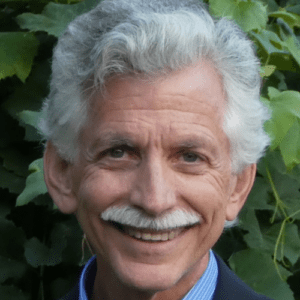In a 2007 survey conducted by the Psychotherapy Networker, 41.4 percent of the nearly 2,600 therapists who responded reported that they were practicing some form of “mindfulness therapy.” But the explosion of interest in mindfulness is a fairly recent one. Therapists of the ’70s and ’80s saw meditation, one of the cornerstones of mindfulness therapy today, as either a fading hippie pursuit or a nonvaluable relaxation method. On the other hand, meditation teachers typically viewed psychotherapy as a “lesser practice” that couldn’t liberate the mind like meditation.
The gap between psychotherapists and teachers of mindfulness was partially bridged by Jon Kabat-Zinn’s Mindfulness-Based Stress Reduction (MBSR), a standardized eight-week treatment of stress-related medical disorders developed in 1979. Though not itself a form of psychotherapy, MBSR put mindfulness on the map for medical professionals and went on to influence Mindfulness-Based Cognitive Therapy (MBCT) in the ’90s.
While MBCT was gaining a foothold, The Institute for Meditation and Psychotherapy was founded by a study group in Boston. The Institute hosted small conferences and workshops for clinicians. With the start of the new millennium came a huge spike in interest from the therapy community. By 2005, the Institute’s conference was attended by 700 people. Things were beginning to change.
But how do we explain the sudden boom in interest? Is it that mindfulness really works that well? Or is mindfulness therapy just the latest craze, a passing fad that will be replaced or discredited sometime this decade?
One possible reason mindfulness has caught on is that baby boomer therapists are taking a page from their countercultural days, when many people experimented with consciousness-altering substances and turned to meditation. Now respected elders in their field, the baby boomer generation is drawing on the influx of Eastern thought that characterized their youth.
Another possibility comes from the evolution of behavior therapy, particularly cognitive behavioral therapy (CBT). Both behavior therapy and CBT have adopted mindfulness as a way to change overt or covert maladaptive behaviors by fostering acceptance of difficult emotional experiences. Since the mindfulness techniques practiced by behavioral therapists are backed by research, interest has grown.
A third factor in the popularity of mindfulness therapy is the mainstreaming of ancient mind-training disciplines like yoga and tai chi. Once the mainstays of “counterculture types,” these Eastern disciplines have become trendy and highly visible. With nearly every health club and community center offering yoga and meditation classes, our culture has become more open to ideas from the East, which have trickled into the medical field.
Ronald Siegel
Ronald D. Siegel, PsyD, assistant professor of psychology, part-time, at Harvard Medical School, teaches internationally about the integration of mindfulness and compassion practices, as well as psychedelics, into psychotherapy. His most recent book is The Extraordinary Gift of Being Ordinary: Finding Happiness Right Where You Are. Learn more at DrRonSiegel.com.













